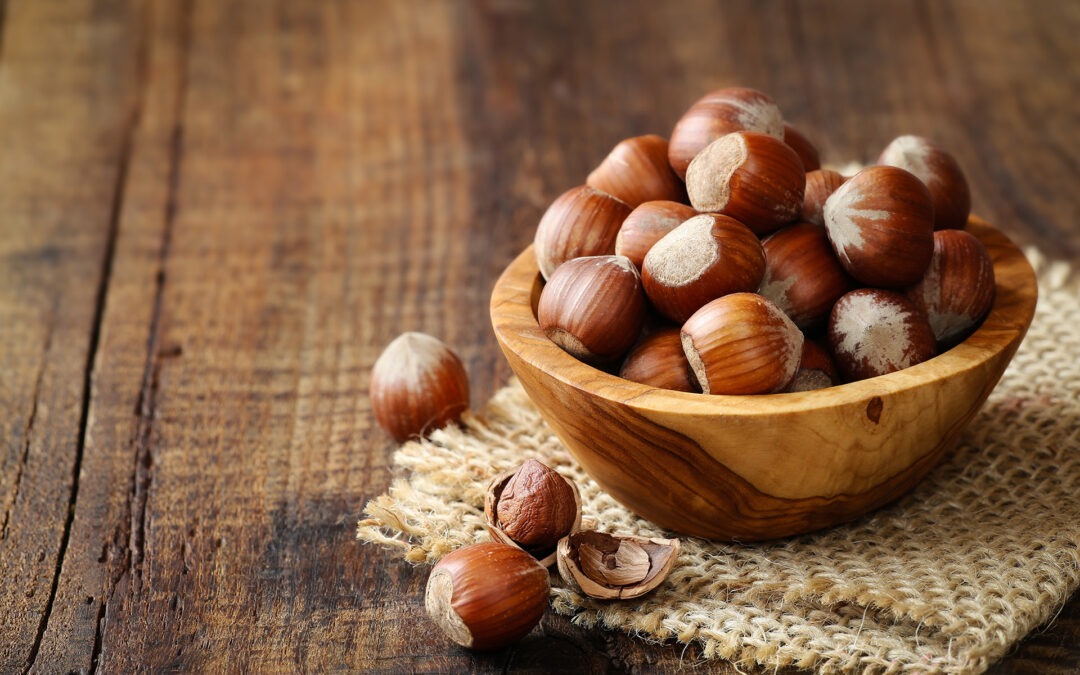The age-old practice of foraging wild edible plants and resources from nature is a deeply enriching experience that taps into our primal instincts, promoting a deeper connection with the natural world. Whether you’re a seasoned forager or curious novice, nature’s bountiful pantry awaits you – and there’s something rather special about gathering your own food in the great outdoors and creating a feast for both body and soul.
Here are our top 5 plants to forage in autumn, chosen for their more easily identification and straightforward processing.
- Blackberries: Dark purple to black in colour, blackberries are composed of numerous juicy droplets clustered together. As they are easily recognisable and delicious (both raw and cooked) they make an ideal introduction to wild foraging. These tasty berries are found growing on thorny straggly shrubs commonly in woods, hedges and heaths. Enjoy as a fresh snack or add to yoghurt/overnight oats/smoothies etc. They are commonly used in pies and crumbles or transformed into jams, jellies and wine.
- Hawthorn berries: Or haws, are the small, hard red fruit of the hawthorn tree. Haws are best used in jams and jellies and mix well with other fruits such as blackberries and crab apples.
- Rosehips: Are the oblong shaped orange/red fruit of rose plants commonly found in hedgerows. Full of vitamin C, rosehips were used as a substitute for citrus fruits during WW2. Traditionally, syrup was made from rosehips and is delicious poured on pancakes. They can also be used to make hedgerow jelly, in homemade wine or brewed into herbal teas. The hairy inner seeds are an irritant, so be sure to avoid consuming these.
- Sloes: The small, dark and tart fruits of the blackthorn tree, sloes are traditionally used to make sloe gin, but they can also be used to make jelly, preferably combined with other hedgerow fruits and added to chutneys. Picking after the first frosts helps soften the skins and release the juices but you can pick them early and pop them in the freezer for the same effect.
- Elderberries: Identified by their clusters of small, dark purple/black round berries on umbels, these are the fruit of the elder tree. Again, these berries can be added to jams, jellies, syrups, pies and crumbles and add a fruity depth to chutneys. But arguably the best use of elderberries is to make wine or port.
Look out also for hazelnuts, sweet chestnuts and beech nuts. Bon appetit!
Only consume wild plants if you are certain of their identification, obtain permission if required and observe the law. Collect from plentiful supplies and leave plenty behind for wildlife.
Join us on a Bushcraft Course to learn and experience more wild foraging.

